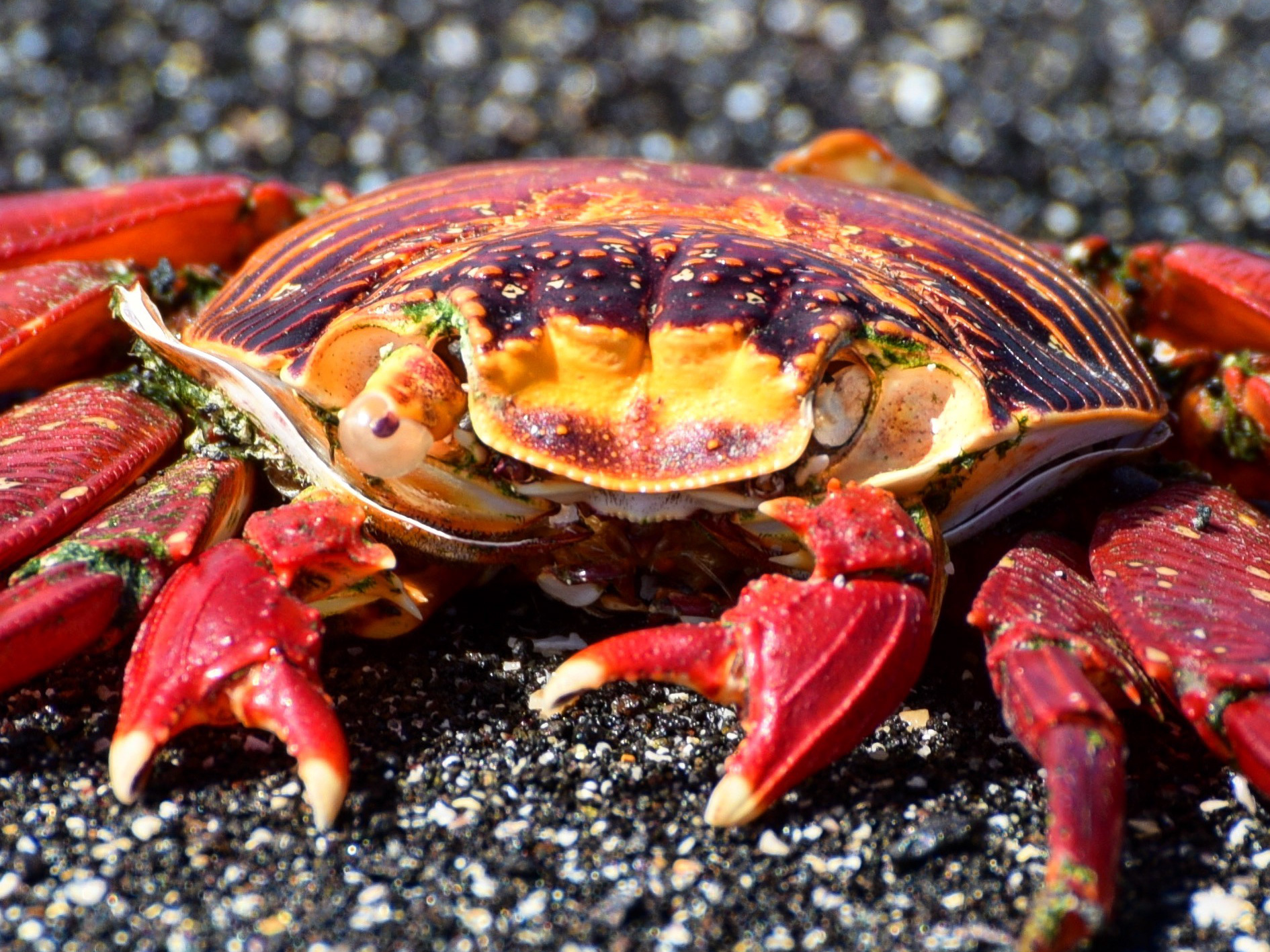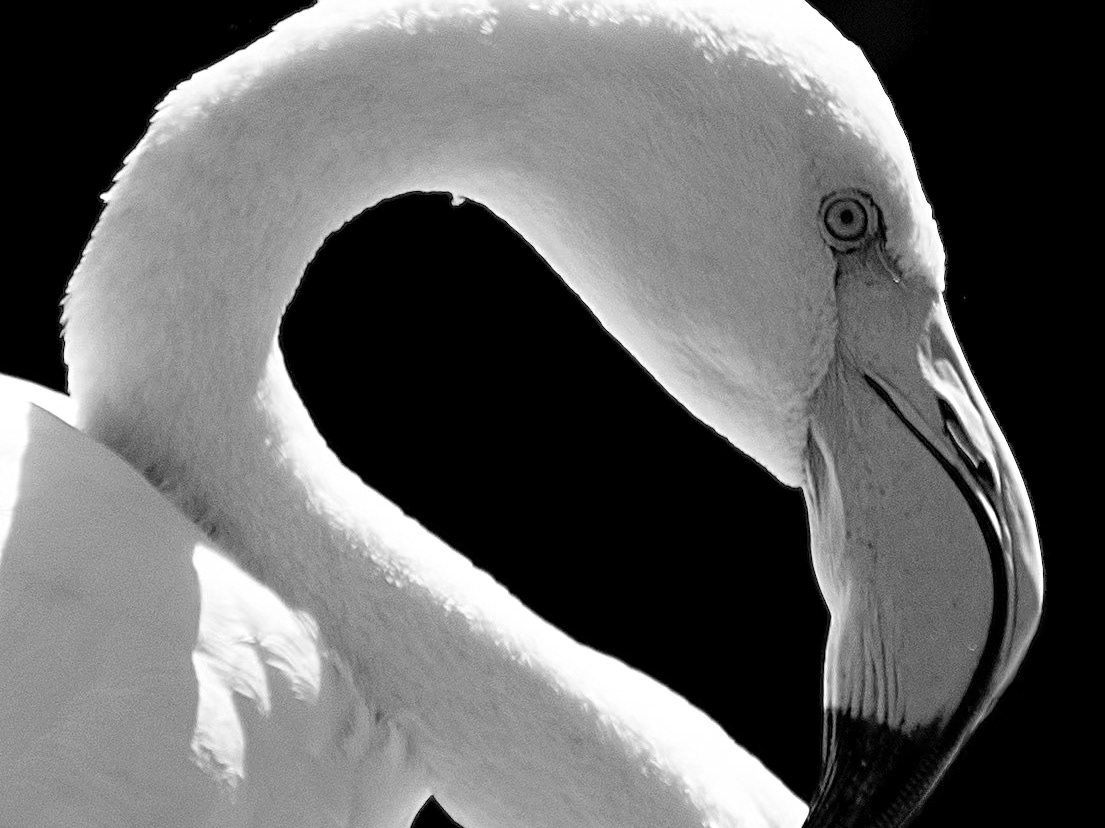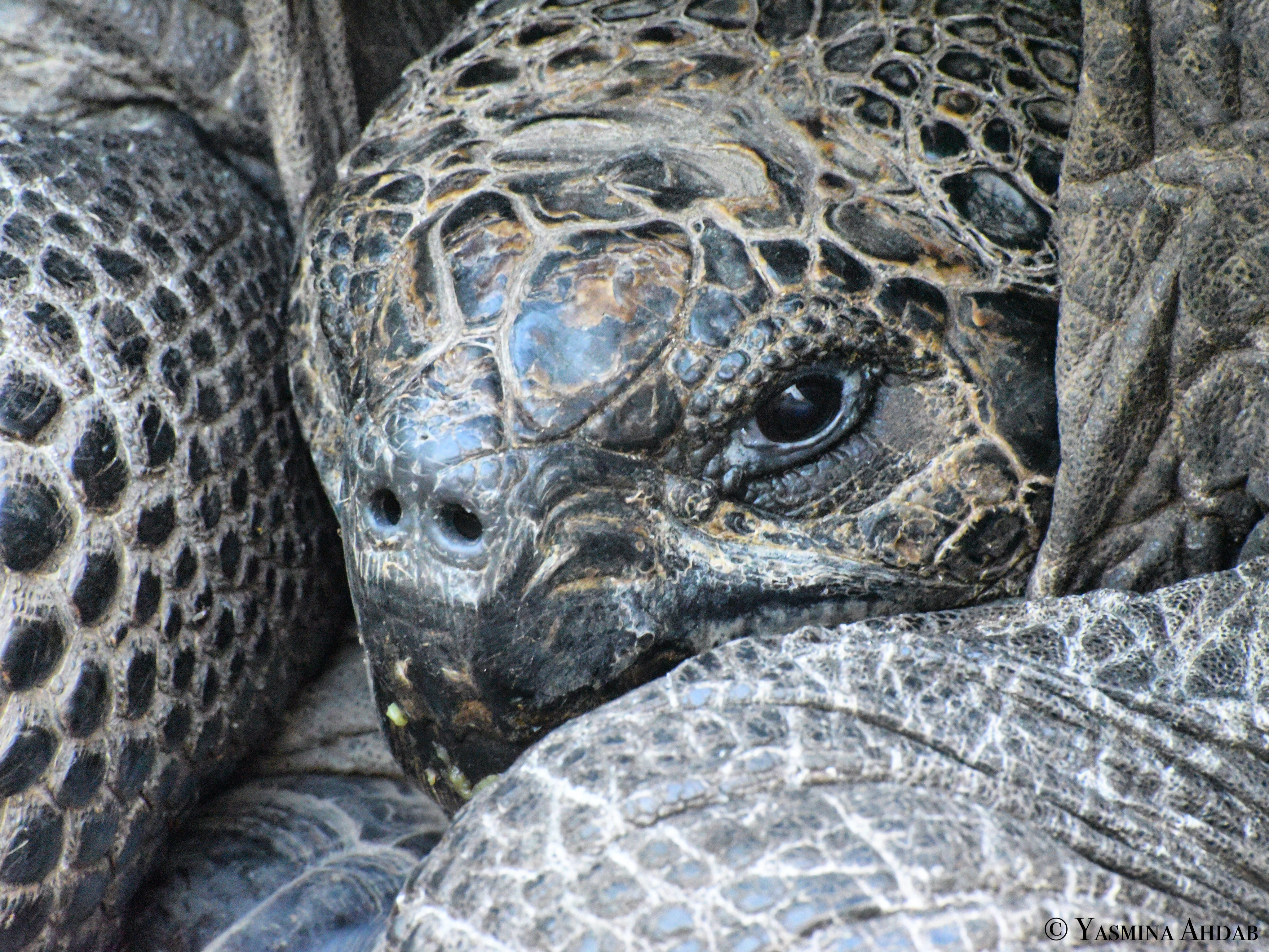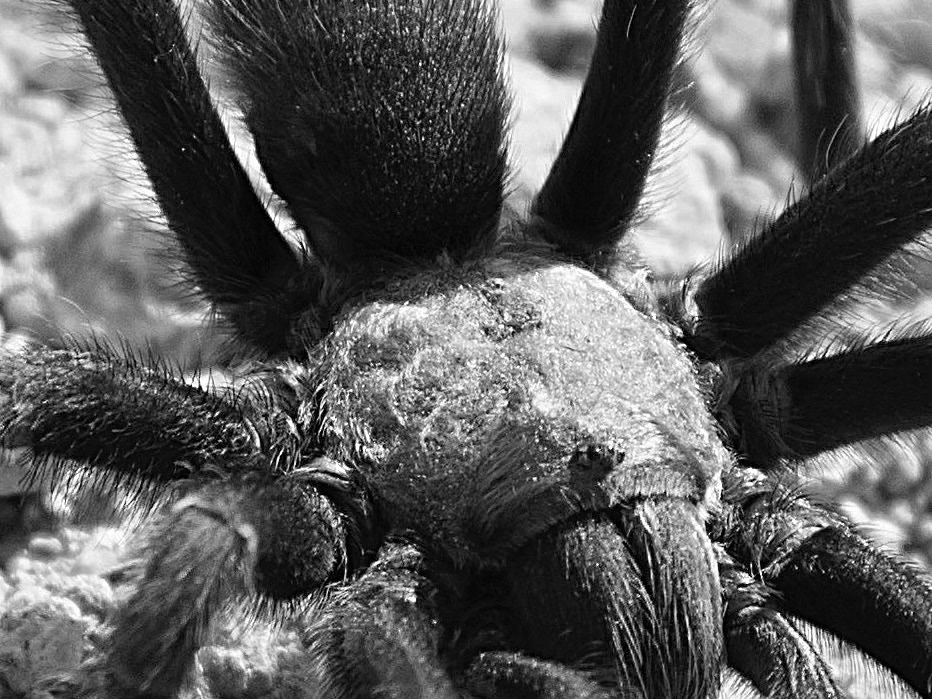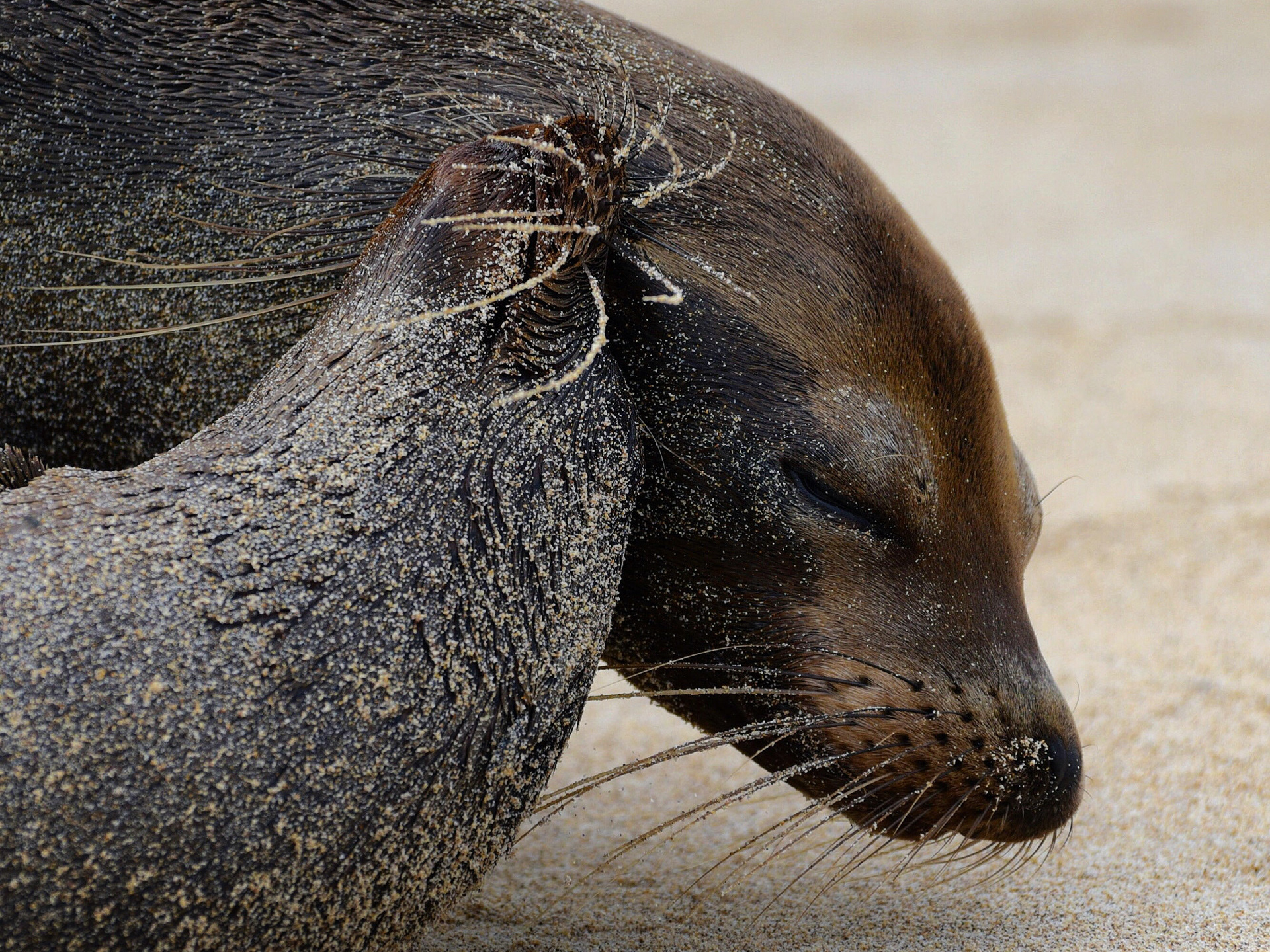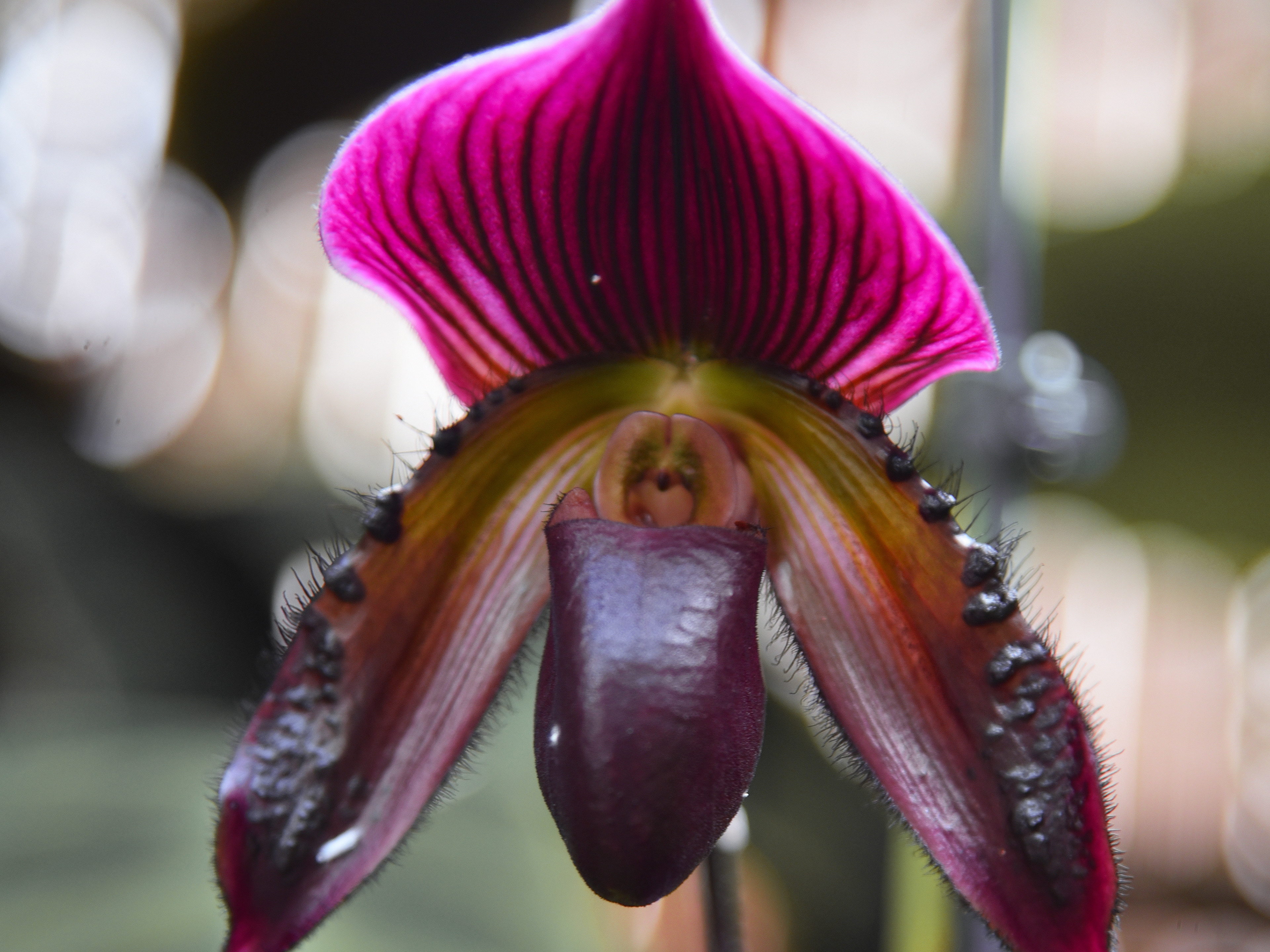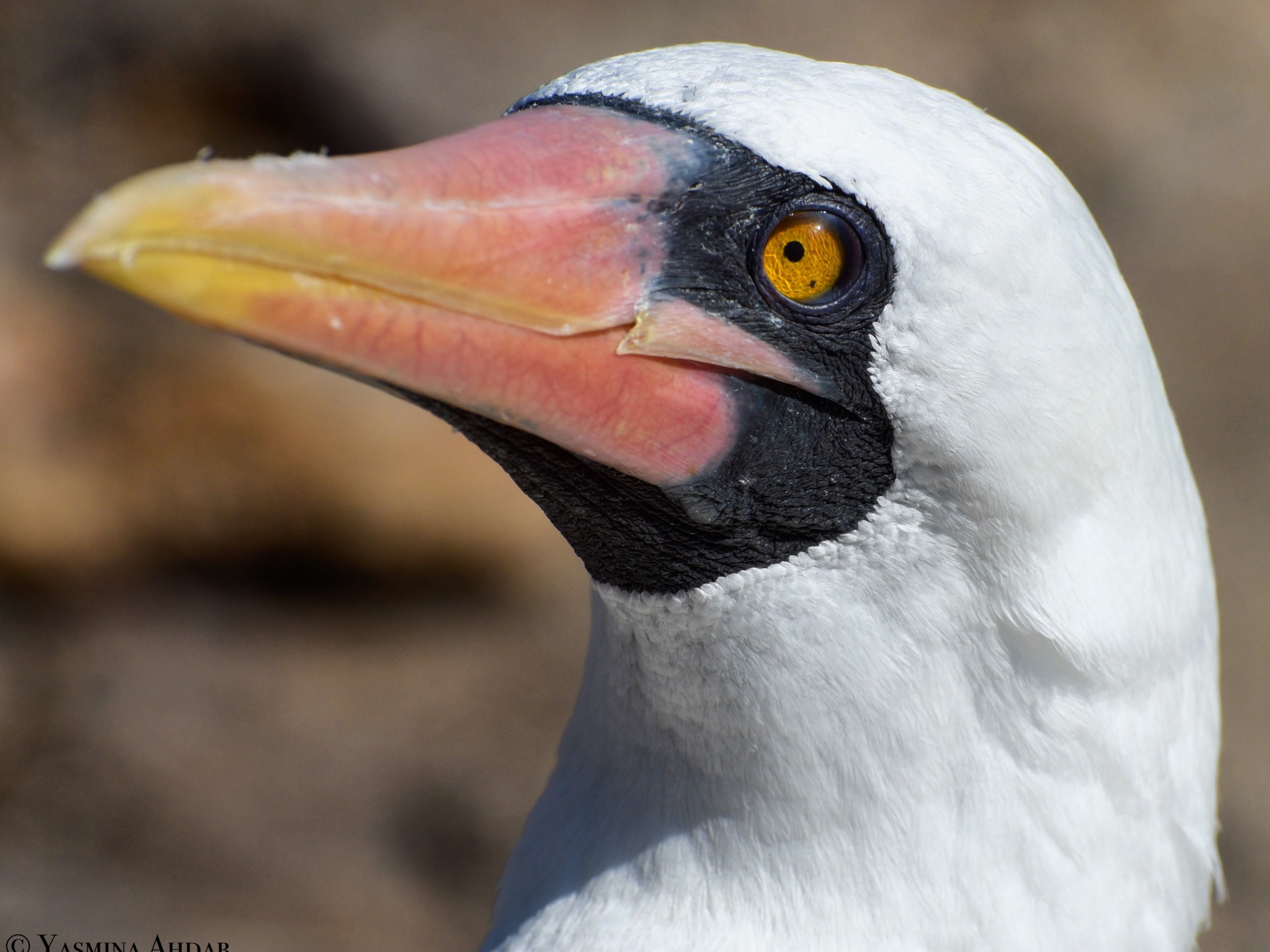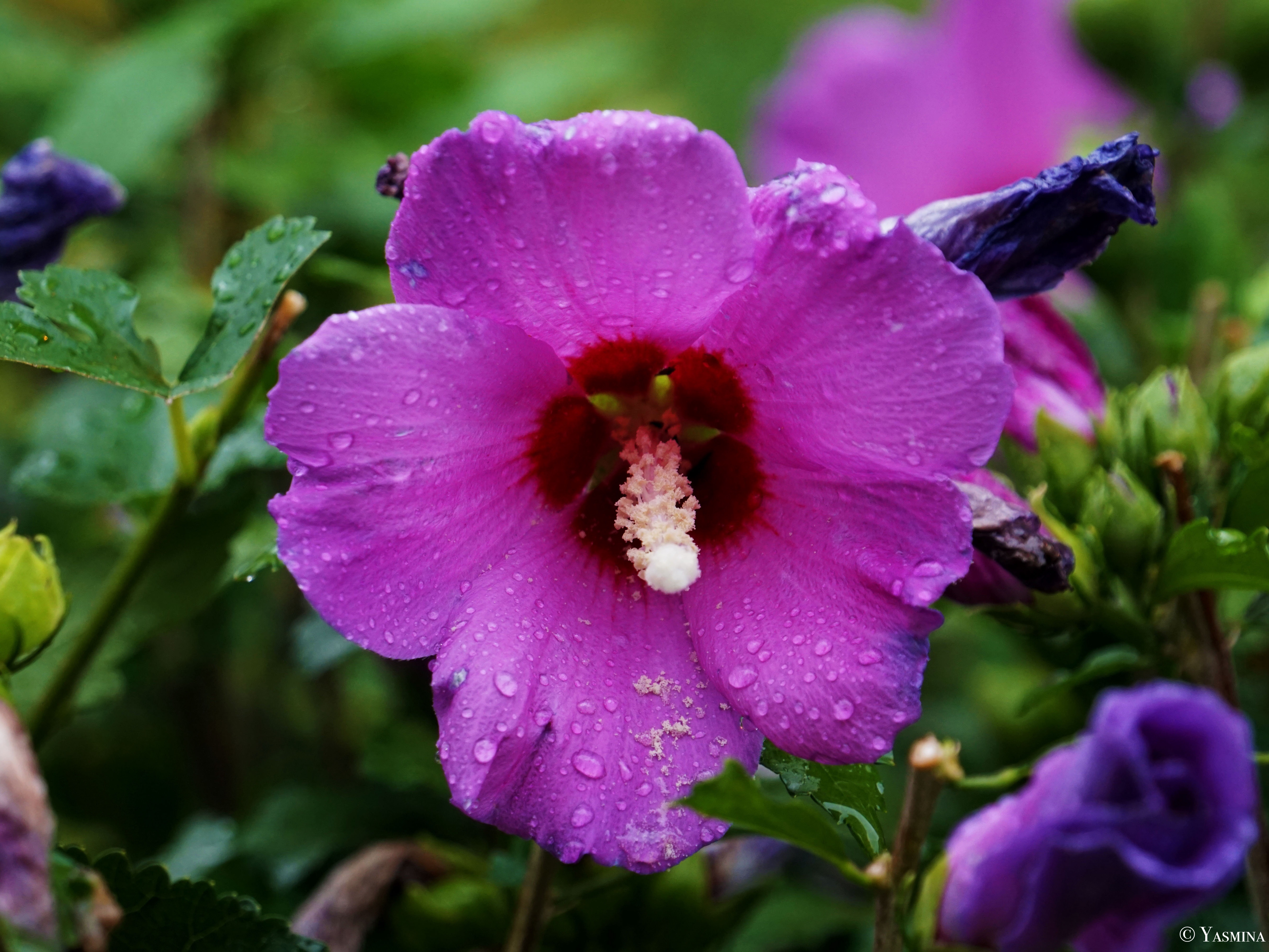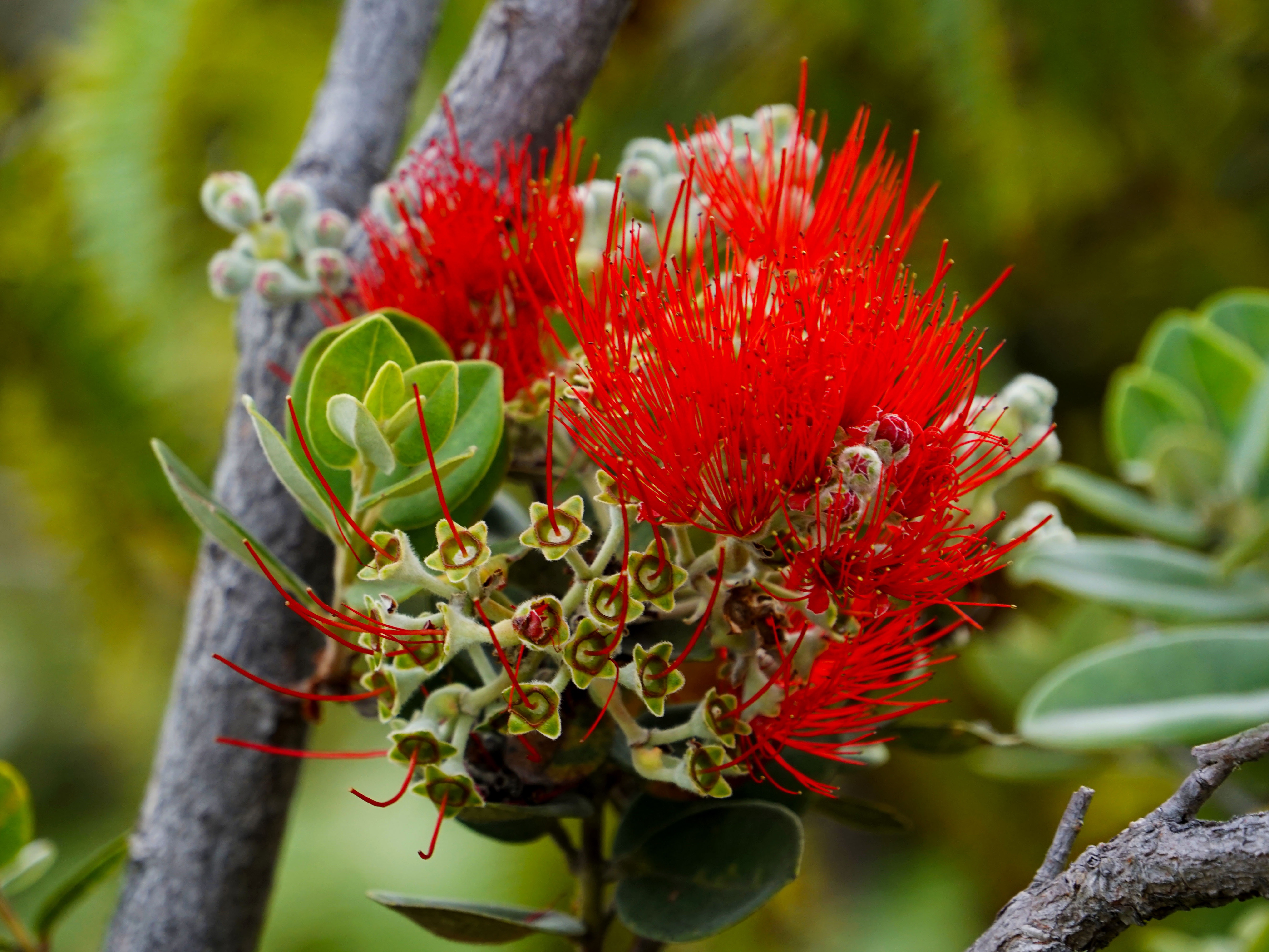Common Name: Pacific sea nettle; West Coast sea nettle
Scientific Name: Chrysaora fuscescens
Animal Facts
Pacific sea nettles (Chrysaora fuscescens) are ‘true’ jellies found in the eastern Pacific ocean from Canada to Mexico. They exhibit a vibrant red, gold, and brown bell that may grow up to 3 ft (1 m) in diameter as well as white oral arms and 24 tentacles that may be as long as 15 ft (4.6 m). Their stings are painful but seldom dangerous; thus, many large fish and seabirds prey on them. Sometimes Pacific sea nettles pick up crabs and small fish that also feed on them. Paralleling their predators, these jellies are carnivores. They feed on a diverse array of creatures, including pelagic snails, zooplankton, crustaceans, and even other jellies! When prey touches their tentacles, the jellies release stingers that carry a paralyzing toxin, enabling them to trap prey in their tentacles. The oral arms subsequently carry the prey into the mouth for digestion. Even when they’re feeding, these ‘true’ jellies generally prefer to float. However, when swimming against currents, they use jet propulsion by contracting their bell and pushing water away from them. Instead of using eyes to detect light, they use ocelli, light sensing organs, to navigate from the deep sea to the ocean’s surface.
Interaction with Humans
It is believed that due to climate change, there has been an overabundance of Pacific sea nettles on Oregon’s coastline. This may be quite detrimental to the ecosystem as jellies can quickly become invasive species by overly consuming local marine life.
Sources
• Campbell, E., Kopp, K., & McCann, A. (1992). A Guide to the World of the Jellyfish. Monterey, California: Monterey Bay Aquarium Foundation, 16p.
• Chrysaora fuscescens Brandt, 1835: Sea nettle. Retrieved from https://web.archive.org/web/20131001072633/http://jellieszone.com/chrysaora.htm
• Pacific Sea Nettle. Retrieved from https://web.archive.org/web/20130818050325/http://aqua.org/explore/animals/jellyfish-pacific-sea-nettle
• Perrine, D. (1997). Mysteries of the Sea. Lincolnwood, Illinois: Publications International, Ltd, 312p.
• Sea Nettle Chrysaora fuscescens. Retrieved from https://web.archive.org/web/20081004214633/http://www.mbayaq.org/efc/living_species/default.asp?hOri=1&inhab=119
• Sea nettle, Open Waters, Invertebrates, Chrysaora fuscescens. Retrieved from https://web.archive.org/web/20110718025635/http://www.montereybayaquarium.org/animals/AnimalDetails.aspx?legacyid=119
• Wrobel, D. and Mills, C. (1998). Pacific Coast Pelagic Invertebrates. Philippines: Sea Challengers, 112p.
